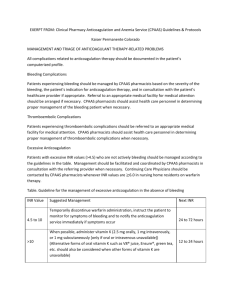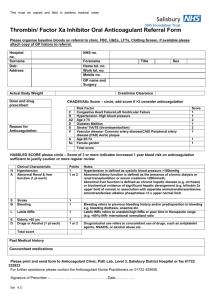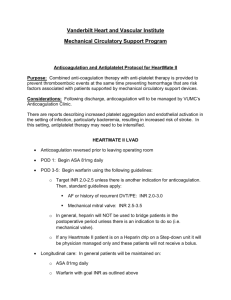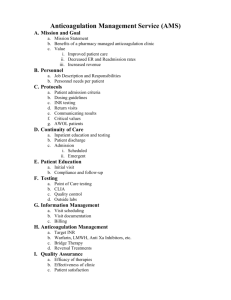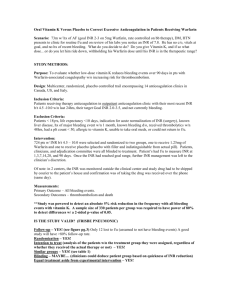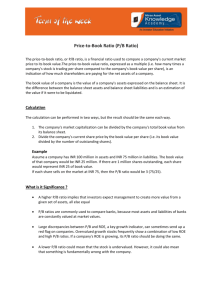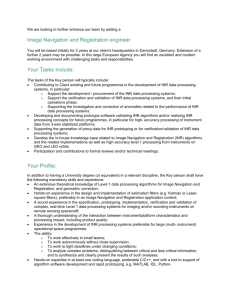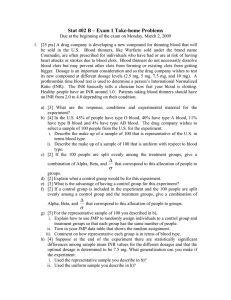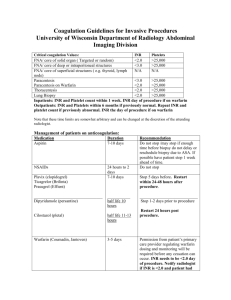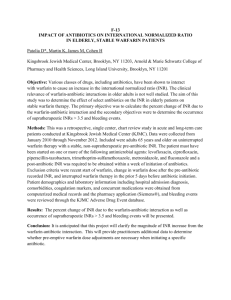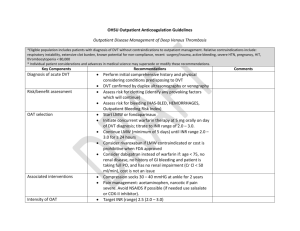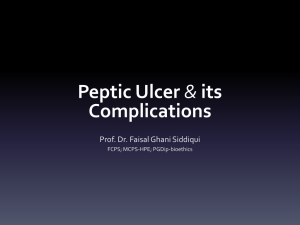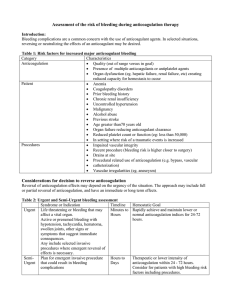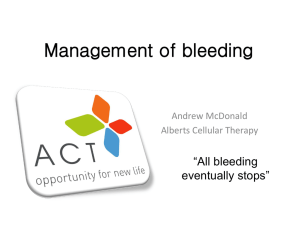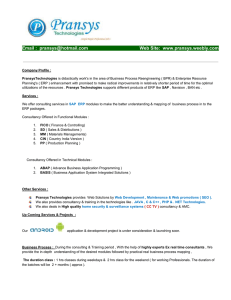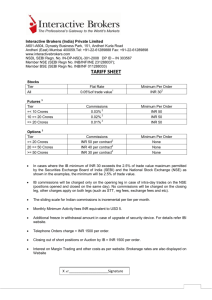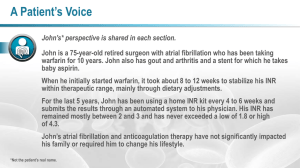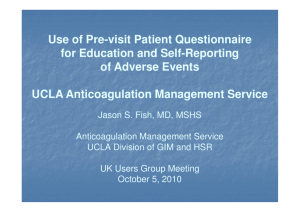factors determining bleeding risk after
advertisement
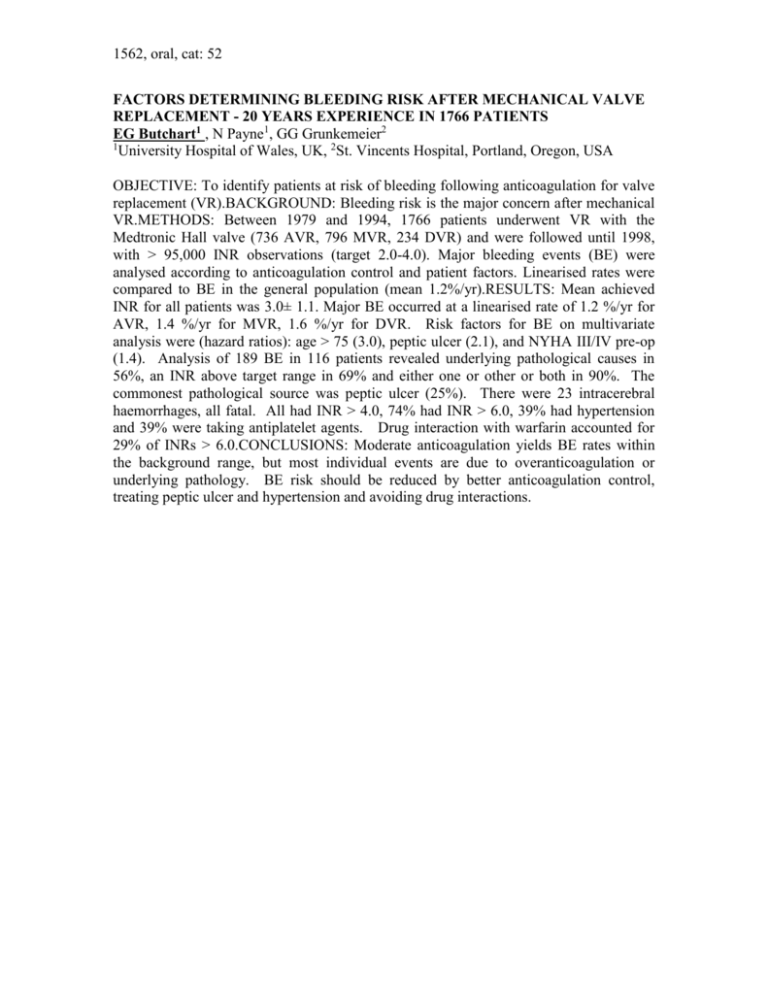
1562, oral, cat: 52 FACTORS DETERMINING BLEEDING RISK AFTER MECHANICAL VALVE REPLACEMENT - 20 YEARS EXPERIENCE IN 1766 PATIENTS EG Butchart1 , N Payne1, GG Grunkemeier2 1 University Hospital of Wales, UK, 2St. Vincents Hospital, Portland, Oregon, USA OBJECTIVE: To identify patients at risk of bleeding following anticoagulation for valve replacement (VR).BACKGROUND: Bleeding risk is the major concern after mechanical VR.METHODS: Between 1979 and 1994, 1766 patients underwent VR with the Medtronic Hall valve (736 AVR, 796 MVR, 234 DVR) and were followed until 1998, with > 95,000 INR observations (target 2.0-4.0). Major bleeding events (BE) were analysed according to anticoagulation control and patient factors. Linearised rates were compared to BE in the general population (mean 1.2%/yr).RESULTS: Mean achieved INR for all patients was 3.0± 1.1. Major BE occurred at a linearised rate of 1.2 %/yr for AVR, 1.4 %/yr for MVR, 1.6 %/yr for DVR. Risk factors for BE on multivariate analysis were (hazard ratios): age > 75 (3.0), peptic ulcer (2.1), and NYHA III/IV pre-op (1.4). Analysis of 189 BE in 116 patients revealed underlying pathological causes in 56%, an INR above target range in 69% and either one or other or both in 90%. The commonest pathological source was peptic ulcer (25%). There were 23 intracerebral haemorrhages, all fatal. All had INR > 4.0, 74% had INR > 6.0, 39% had hypertension and 39% were taking antiplatelet agents. Drug interaction with warfarin accounted for 29% of INRs > 6.0.CONCLUSIONS: Moderate anticoagulation yields BE rates within the background range, but most individual events are due to overanticoagulation or underlying pathology. BE risk should be reduced by better anticoagulation control, treating peptic ulcer and hypertension and avoiding drug interactions.
